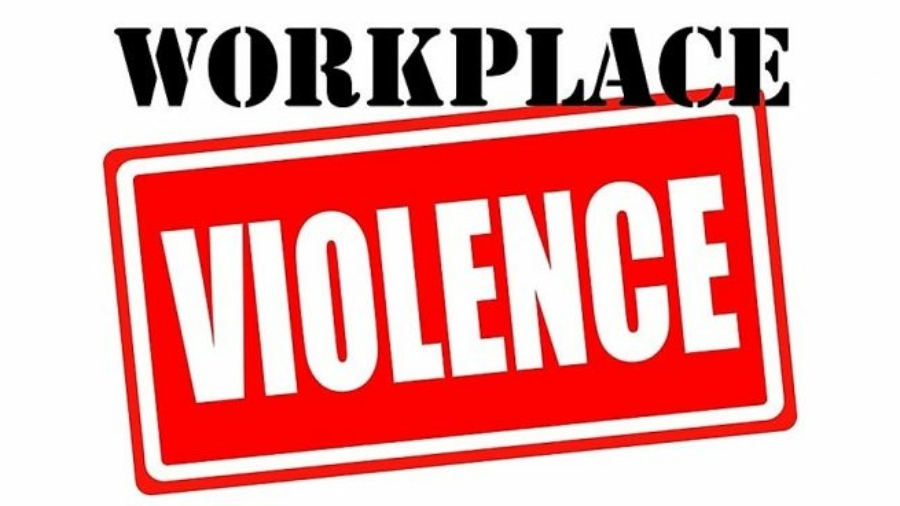The Lake Forest Group remembers all victims of workplace violence.
How is your leg bone connected to your WPV prevention program?
Protecting your employees from workplace violence is not easy. It takes a dedicated team. It takes training. And it takes a strategy to pull it all together.
Wouldn’t it be great if you could buy an off-the-shelf workplace violence mitigation program, plug it in, and let it safeguard your organization? It might be easier, but certainly not better. After all, you’re unique, and you deserve a customized program that you know will work for you.
To mitigate workplace violence, you need a strategy that covers it all. Because creating a safe workplace relies on a lot of things that must work together.
I’m reminded of the lyrics of a popular children’s song “The foot bone’s connected to the leg bone, the leg bone’s connected to the knee bone, the knee bone’s connected to the thigh bone” and so on.
It’s the same with your WPV prevention program. Your WPV policy is connected to all your other policies, your other policies are connected to your Security, HR, and Facilities departments and threat management team, and your dedicated team is connected to training that invites your employees to participate in their own safety. Doesn’t have quite the same ring to it, but it definitely rings true.
It’s time to get the team together.
As we said, workplace violence mitigation is not easy, and it really does need a team—from different departments and with different perspectives—all dedicated to the mission of protecting your organization.
- Leadership must set the tone by committing to a safe and secure workplace with resources and messaging that support it and additional policies and accommodations for those affected by domestic violence.
- Security, if you have a department, must collaborate with company stakeholders to mitigate workplace violence through physical, technical, personnel, and procedural measures that control access, protect people, manage emergencies, and sustain operations, among other things.
HR, oftentimes the most accessible to an employee, must understand how to identify employees who are either at risk or present a risk and share resources to alleviate life stressors. - Law enforcement and forensic psychologists must contribute their expertise through investigations and evaluations.
That’s the core of your threat management team (TMT), and your TMT must meet regularly and actively identify, assess, and manage threats to your organization.
If you see something, say something.
If you’re not familiar with DHS’s “see something, say something,” you need to be. And you must go beyond familiarity and actually perpetuate its imperatives in your organization by training your employees to follow them. That also means—and this is important—that workplace violence mitigation training is not just for managers or security personnel. In order for your training to be effective, everyone must understand how to recognize warning signs of potential violence and how and to whom to report it. This training is not just for the workplace. After all, how do we define the workplace today when so many are working from home? And so many workplaces (pre-COVID) are the spots where we go to eat a meal, see a ball game, or hear some music. Your training will improve your people’s situational awareness by developing skills that will help them protect themselves against violence while at work, home, and as they live their lives.
Your WPV strategy needs a strategy.
If your WPV mitigation strategy doesn’t have a leg (bone) to stand on, give us a call. Add us to your team, and we’ll ensure you have what you need to protect your employees. Contact Mike at 312.515.8747 or gmv@lakeforestgroup.com to discuss your WPV mitigation strategy or whatever security challenge currently demands your attention. We look forward to hearing from you.

